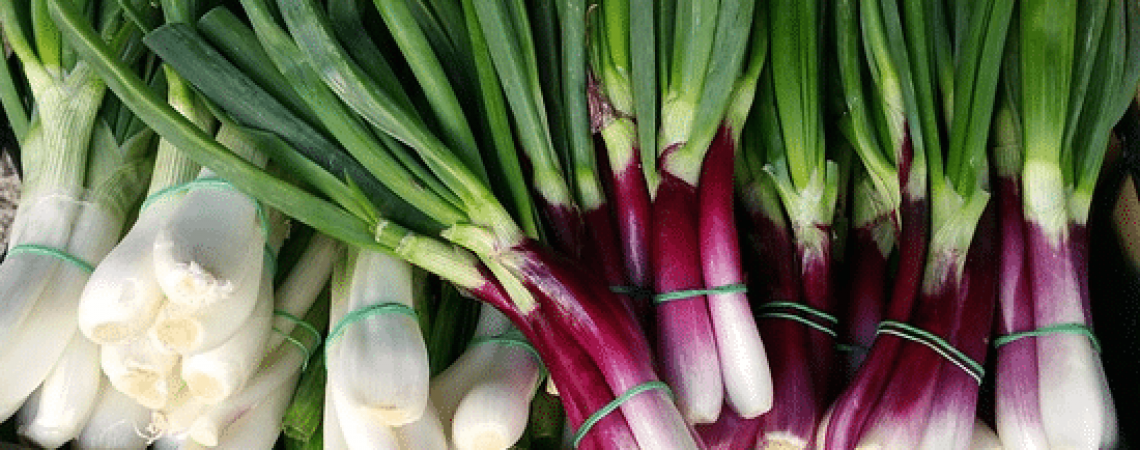
IS HEALTHY FOOD TOO EXPENSIVE?
There is no doubt, that you can spend a lot of $$$ on healthy food, particularly if you are going for produce that has been hand raised by Tibetan monks and blessed on a mountain by Sun gods. But this is not the only option out there, so we would like to dispel the myth today that eating healthy has to cost an arm and a led. When done smartly, healthy eating can be done on a budget.
For instance, you know that 3pm chocolate bar that you always get from the office vending machine at $2.50? Well as we write this, supermarkets are selling a kilo of apples for $3.00. That’s around 50 cents each. You can buy oranges even cheaper, a kilogram for $1.70 or 42 cents each. Whilst these might not be organic, they are certainly waaaaaaay healthier than the chocolate bar.
Not convinced? Let’s take another example. You know that breakfast cereal you have each morning that costs about $5 or $6 and gives you about 5 to 7 serves? Well that’s $1 a serve, so it may be cheap but low on nutritional value. For the same $1 a serve, you could just as easily have some beautifully creamy natural Greek yoghurt. Even better, a kilo of quick oats will cost you $2.50 and will give you around 33 serves – that’s 7.5 cents a serve.
Or what about the family burger deal from that wonderful establishment with the golden arches at $25? You could grab a roast chicken from Woolies for $10 and make a quickie salad for $8 and 4 dinner rolls for $2, making it a grand total of $20.
We won’t bore you with them all, but there are many examples of being able to put together a healthier alternative for the same or less money. The trick is to know your way around your supermarket and your kitchen. When you’re handy in the kitchen it is amazing how cheaply you can put snacks and meals together. It’s when we start relying on pre-made sauces, pricey fruits and vegetables that are out of season, and overly expensive fish and particular cuts of meat that healthy food can put pressures on a budget.
HERE’S ARE OUR PRACTICAL TIPS FOR EATING HEALTHY ON A BUDGET:
1. Don’t buy fruit and veg out of season
2. Plan your meals and snacks for the week
3. Do a big cook up on the weekends and freeze these in single portion size meals to last you through
the week – this allows you to buy in bulk for better discounts, reduces food wastage and generally maximizes your meal per shop ratio.
4. Don’t shop when you’re hungry
5. Look for alternative sources of protein – protein can be one of the more expensive components in a meal, so you can easily reduce costs by getting your protein from various sources throughout the week (which also happens to be a healthier approach too!). For example, diary, eggs, lentils, beans, peas and other legumes are all excellent sources of protein and are significantly cheaper than meat and fish.
6. Consider frozen ingredients – contrary to belief, some frozen foods such as peas, veggies, blueberries and fruits are actually quite healthy because they have been snap frozen at the best possible time to preserve their optimum nutrition. Frozen ingredients are often cheaper than their fresh alternatives (especially when fresh is not in season).
7. Look for sales on key ingredients and plan your meals accordingly
8. Increase your percentage of fruit and veg and decrease your portion of everything else – fruit and veg tend to be cheaper than meats and most processed or junk foods, but are great at making your feel satiated. Given that many Australians are not getting their 5 serve of fruit & veg a day, this is one of our fav tips.
9. Build up a stable of go to cheap healthy meals – ours include:
a. Lentil shepherd’s pie – you’ll need 400 grams of lentils, a couple of tins of tomatoes, an onion, a couple of carrots, a couple of sticks of celery and half a dozen potatoes. Four good sized servings in that meal, at less than ten dollars the lot.
b. Baked chicken thigh fillets with sweet potato mash, green beans and broccoli – a regular on my dinner table, and at less than five dollars a serve why wouldn’t you?
10. Get your kids involved – a really great activity that helps teach your kids both good nutrition and budgeting skills is to set them the challenge of healthily feeding your family breakfast, lunch and dinner for a couple of days and all for under $50. You’ll be pleasantly surprised with what they come up with.
